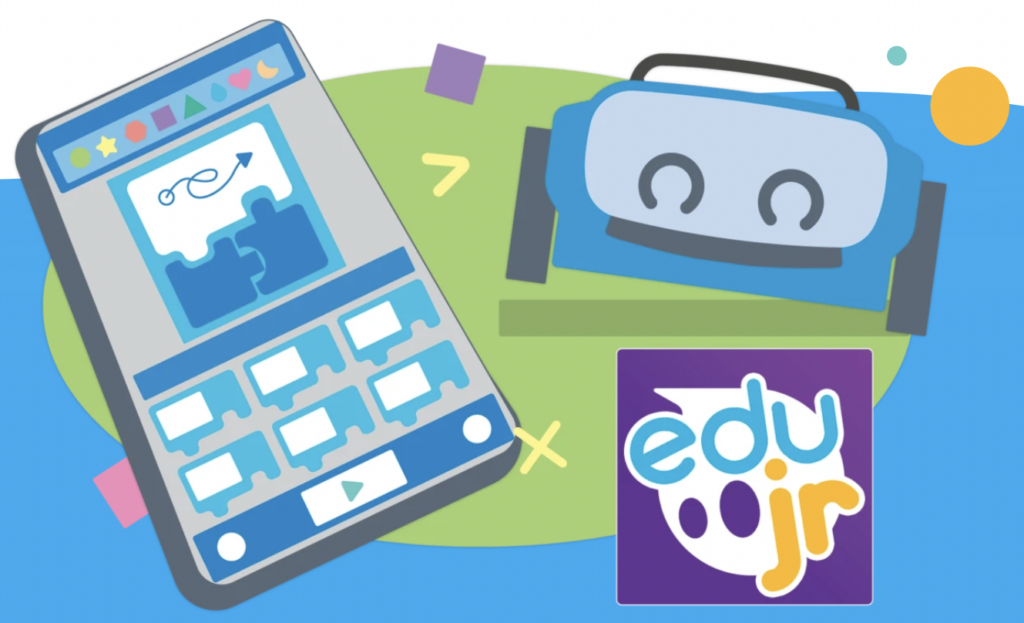
- #Sphero edu app chrome store update
- #Sphero edu app chrome store for android
- #Sphero edu app chrome store code
- #Sphero edu app chrome store Pc
- #Sphero edu app chrome store windows
#Sphero edu app chrome store windows
You can distinguish between the Windows version of the Sphero Edu app and the Chrome version of the Sphero Edu app based on how the tile appears. The Chrome version of the Sphero Edu app does not have an SDK to communicate with Windows Bluetooth.
#Sphero edu app chrome store Pc
It is not possible to run the Chrome version of the Sphero Edu app on a Windows PC even though you are able to download the Chrome version of the Sphero Edu app to your Windows PC. On a Windows PC, you must run the Windows version of the Sphero Edu app from the Windows app store. Verifying your Child's Sphero Edu AccountĬhanging Text-To-Speech Settings for The "Speak" Block

#Sphero edu app chrome store update
Important RVR/RVR+ Firmware Update - October 2022 Google Sign-In Changes for the macOS and Windows Versions of Sphero Edu (Legacy Issue)
#Sphero edu app chrome store for android
Sphero Edu and Location Services for Android and Chromebooks Important RVR Firmware Update - August 31, 2020Ĭhanging support for Android 5, 6, and 7 in February, 2022Ĭhanges to Community Programs in May 2022 Update: Sphero Compatibility with Chrome OS To keep up with additional news and content on the RVR and other STEAM tools, be sure to follow us on Twitterand Instagram and like us on Facebook.Changing Support for iOS 10 and 11 with Sphero Edu 6.3.0Ĭhanging support for iOS 9 in the Fall of 2020 The RVR is available as a single unit or as part of a 5-pack. To learn more about the Sphero RVR, request a quote, or place an order, head over to our store. While any littleBits modules are compatible and can be attached to the RVR, the micro:bit Adapter is the only one that enables students to connect to the RVR using a micro:bit or littleBits components. Whether or not littleBits inventions are physically attached to the Sphero RVR, students can program and control them.
#Sphero edu app chrome store code
Once set up, kids can code with MakeCode or use the micro:bit Python editor. This Bit allows students to program their circuits while they're attached to the RVR. The kit has some of the most popular littleBits modules, including the micro:bit Adapter. The newest of these accessories is the littleBits RVR Topper Kit, which you can find on our store. We've also talked about the third-party tech, which is a big component of the RVR. It works with macOS, Chrome, and Microsoft devices as well for students who'd like to try programming the Sphero RVR using their computer. These include iOS, Android, and Kindle devices for mobile use. The app is available on a wide range of devices. Within the app, students can write programs in the environment they're most comfortable with. With easily available API and pre-developed SDK’s as well, it’s incredibly exciting and rewarding for students to try the various Sphero RVR projects or design their own.Īs is the case with Sphero's other robots, the RVR can be paired with the Sphero Edu app. Sphero and littleBits have been a part of the same company for a while now and, as new adaptations of their solutions are made available to educators, that compatibility is all but guaranteed. This includes, most notably, littleBits circuits. It can also pair with other Sphero products as easily as it pairs with products from other companies. The RVR is also perfect for interfacing with other robotics kits as well as classroom engineering kits. From an education standpoint, this is an incredibly unique feature and something that's very conducive to advancing student creativity.

This port is perfect for incorporating the Arduino, Raspberry Pi, micro:bit, littleBits, and other sensors. This starts with its top mounted 4-pin UART port. The RVR distinguishes itself from other robotics tools with its cutting-edge adaptability. Each of these coding types are available in the Sphero Edu app. And, as always, the Sphero apps provide students with a clear path to mastery using any one of their draw, blocks, or text programming options. It performs exactly the same way on tile, heavy carpet, outdoors, or on an incline. But, what does this mean, especially for educators who may be teaching STEM virtually? Well, when students program the RVR to move one foot forward, for example, it will move exactly one foot forward.

Unlike other similar robotics solutions, the RVR moves in absolute distance. Along with the option to integrate third-party technologies, one of the RVR’s key selling points is this precision. The Sphero RVR sensors work with its accelerometers to allow the robot to stop, start, and turn on a dime. It also features a removable battery that provides up to two hours of use. They're positioned around its chassis so that it can react to its environment. The RVR has an array of gyroscopic, ultrasonic, color, light, magnetic, and IR sensors.


 0 kommentar(er)
0 kommentar(er)
